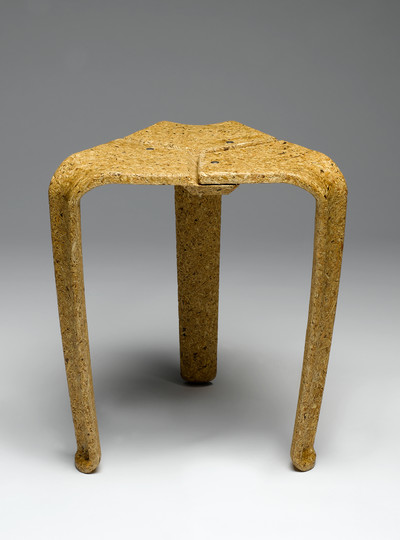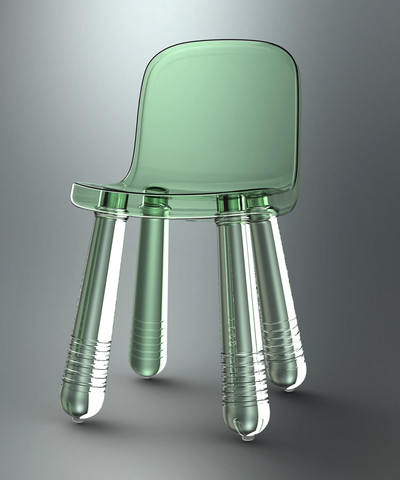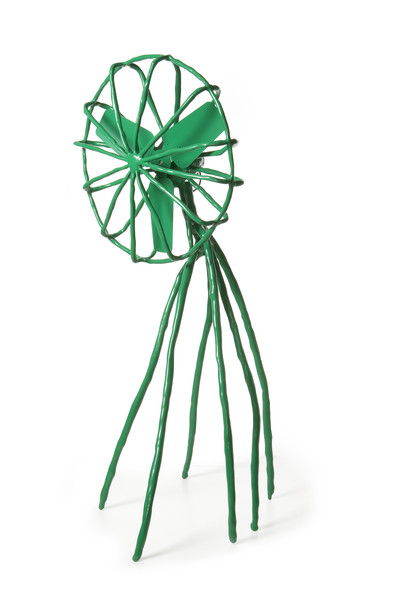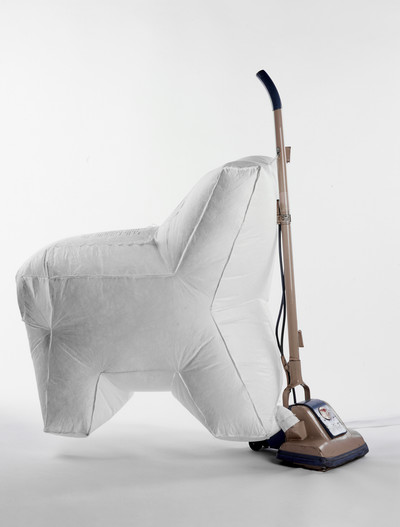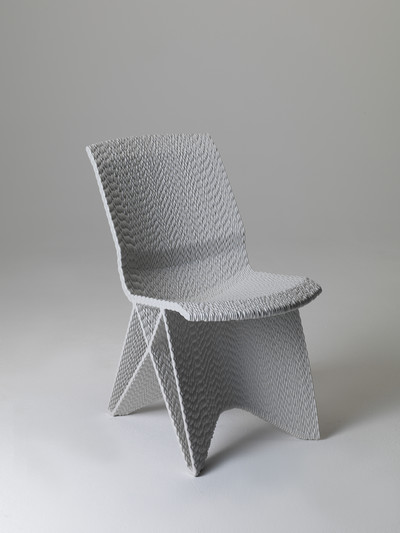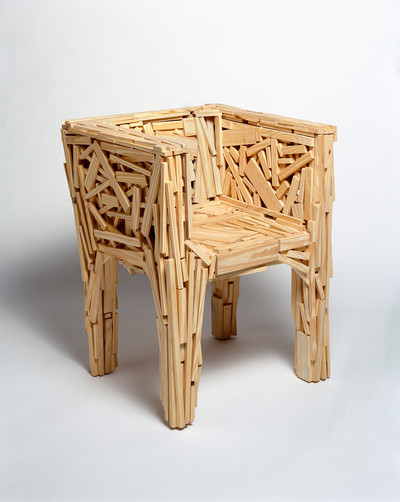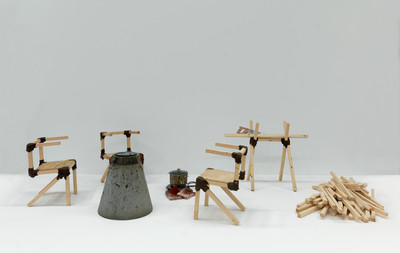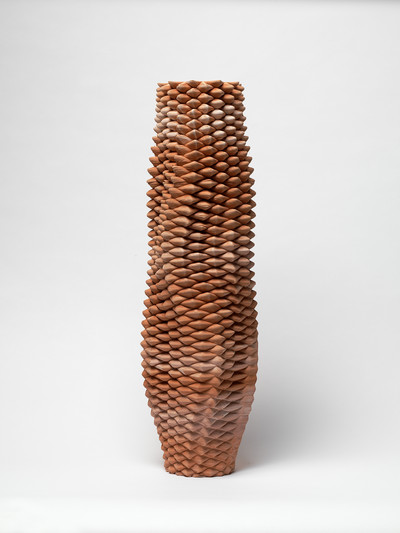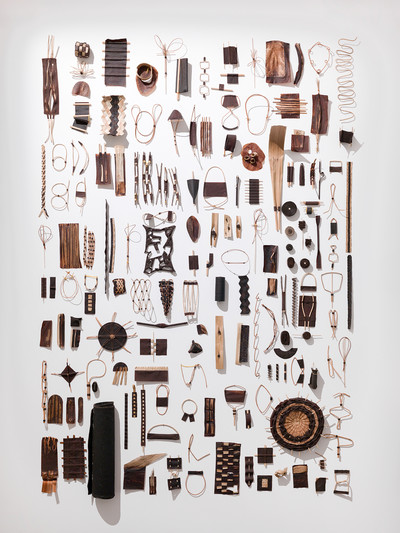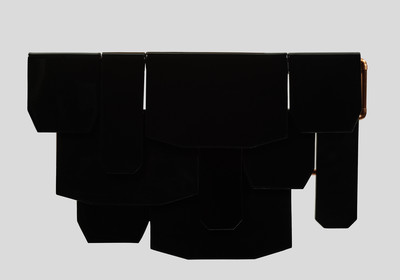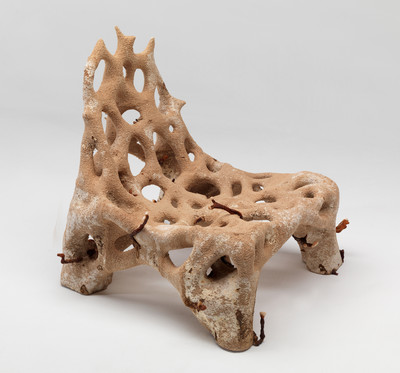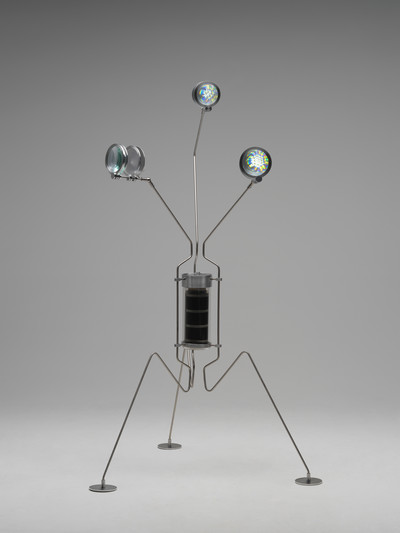Seconde Nature, pour un design durable
from 23 June to 5 November 2023Exhibition open from Tuesday to Sundays 11am – 6pm.
Closed on Sundays and Mondays.
Free admission
HÔTEL DES ARTS TPM
CENTRE D’ART
TOULON PROVENCE MÉDITERRANÉE
236 BD MARÉCHAL LECLERC
83000 TOULON
For more information on the activities
around the exhibition:
04 94 93 37 90
www.hda-tpm.fr
For the first time, the Centre national des arts plastiques (Cnap), the Mobilier National and the Musée des Arts Décoratifs join the Centre Pompidou for an exceptional partnership to present the national design collections in Toulon. Based on a selection of artworks from the collections of the four institutions, in collaboration with the villa Noailles, the exhibition “Second Nature. For a sustainable design” [Seconde nature. Pour un design durable] brings together, as part of the Toulon Design Parade Festival, some 50 designers through 150 artworks, exploring the paths to sustainable design to better understand the plurality of approaches.
Through a thematic tour, the exhibition centres on the revival brought about in industrial production and manufacturing models by contemporary designers. Facing the climate emergency, design is adapting, modifying the ways of making and producing, and leading to new daily uses. Designers are committed to finding solutions with a strong social and environmental dimension: open and collaborative practices, fighting obsolescence and contamination, upcycling, reuse and recycling, material innovation, biomanufacturing… In search of alternatives, sustainable design takes on all
the possibilities.
From 1971, Victor Papanek, in Design for the Real World, advocated a responsible, socially committed design, environmentally and resource friendly. In the mid-1980s, Andrea Branzi approached design through a reflection on humans and their technological environment, establishing a hybrid relationship between nature and industry (Animali domestici). In the 1990s, in the Netherlands, Droog design surprised with their taste for recycling and misappropriation as well as their low-tech aesthetic. Designers now turn to discarded objects which they collect, recycle and repair: an approach inspired by 1990s conceptual design, which ushered in a quest for alternatives to the rampant production
of objects.
Eco-design today renews manufacturing standards, emphasizing the rehabilitation of vernacular techniques as well as the use of local materials or materials from new horizons, such as agricultural material. Designers build on local production lines or reinvent them. As for bio-design, it proposes new forms of collaboration with the living world, completely rethinking the life cycle of biodegradable objects. Biomaterials (microalgae, mushroom mycelium, etc.) combine with the digital technologies of 3D printing.
Designers work basing on a local distribution model for the collection and transformation of biomaterials to produce in small series.
The approaches of all these designers are at the crossroads of formal creativity, vernacular crafts, and technological innovation. This exhibition is divided into several chapters: Critical and speculative design; Upcycling: recovering, assembling, transforming; New cultures of the material; Landscapes
of eco-design; Laboratories of the living world. The works “Les Aliénés” from the Mobilier National highlight the power of discarded objects remediation.
In an experimental approach, Arthur Hoffner, winner of the Public and City Prize of the Design Parade Hyères in 2017, designed the scenography through a series of features, halfway between the workshop and the laboratory, between domestic and museum space, where the object can be observed in the hollow of a diorama in progress, telling a story diverted from the design exhibition and questioning the visitor’s point of view.
Curated by Marie-Ange Brayer, curator in charge of the design collection at MNAM- CCI, Centre Pompidou, and Olivier Zeitoun, associate curator, curatorial attaché at MNAM- CCI, Centre Pompidou, with the collaboration of Julia Balduini, research and coordination officer, Centre Pompidou, in association with Sandra Cattini, head of the decorative arts, design and crafts collection (Cnap) and Lucile Montagne, heritage curator, collections inspector (Mobilier National), this exhibition, produced by Hôtel des Arts Toulon Provence Méditerranée, co-organised by the Centre Pompidou and the villa Noailles, explores the multiple facets of sustainable design, between materials and imagination.
LIST OF THE DESIGNERS EXHIBITED
Rodrigo ALMEIDA, Fabienne AUZOLLE, François AZAMBOURG, Martin BAAS,
Lauriane BEAUNIER, Jurgen BEY,
BLESS,
BOLD,
Ronan & Erwan BOUROULLEC, Andrea BRANZI,
Fernando & Humberto CAMPANA, Pierre CASTIGNOLA,
Álvaro CATALÁN DE OCÓN, Matali CRASSET,
DROOG DESIGN,
Jimmie DURHAM pour LABINAC, EMILIEU studio,
Pauline ESPARON, Dorian FELGINES, Maurizio GALANTE, Élise GABRIEL, Bertrand GRAVIER, Martino GAMPER, Ineke HANS,
Pepe HEYKOOP, Marlène HUISSOUD, Hella JONGERIUS, Tal LANCMAN, Arnaud LAPIERRE,
Fernando LAPOSSE,
Mathieu LE GUERN,
Mathieu LEHANNEUR,
Jules LEVASSEUR,
Enzo MARI,
MAXIMUM,
ORTAMIKLOS,
Rikkert PAAUW,
POLYFLOSS FACTORY
(Émile De Visscher / Audrey Gaulard / Christophe Machet / Nick Paget), Aline PUTOT-TOUPRY,
Prisca RAZAFINDRAKOTO, Tejo REMY,
Samy RIO,
Adrien ROVERO,
Jerszy SEYMOUR,
Philippe STARCK,
Studio FORMAFANTASMA, STUDIO GGSV,
STUDIO KLARENBEEK & DROS,
STUDIO 5.5
Samuel TOMATIS,
Teresa VAN DONGEN,
Dirk VANDER KOIIJ,
Olivier VAN HERPT,
Aurélien VEYRAT,
Marcel WANDERS,
Anne XIRADAKIS

